Tag: sepsis

Response to optic nerve sheath diameter guided detection of sepsis associated encephalopathy
regarding the blind method, being uninformed of the clinical diagnoses of patients is unavailing, since clues will still be found in patients' clinical manifestations. Therefore, two trained physicians in intensive ultrasound... read more

Apoptotic cells for therapeutic use in cytokine storm associated with sepsis
Sepsis has no proven specific pharmacologic treatment. Reported mortality in sepsis ranges from 30%-45%. This study was designed to determine the safety preliminary efficacy of allogenic apoptotic cells administered for immunomodulation... read more

Appendiceal Perforation at a Children’s Hospital During COVID-19 vs 2019
Although studies in the adult literature and case series in the pediatric literature have reported delays in medical care attributable to COVID-19, we report a statistically significant increased rate of appendiceal perforation... read more

Early prediction of impending septic shock in children using age-adjusted Sepsis-3 criteria
Sepsis is a syndrome which afflicts both adults and children, with many disease courses and diverse outcomes. Understanding of sepsis pathophysiology has changed over time; the Sepsis-3 criteria define sepsis in adults as... read more
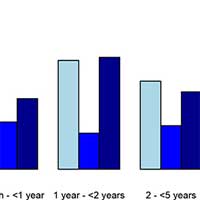
Management of Children With Fever at Risk for Pediatric Sepsis
Many febrile children (41%) present with warning signs for sepsis, with only few of them undergoing investigations or treatment for true sepsis. Children with positive isolates in blood or CSF culture presented in a heterogeneous... read more

Evidence-Based Practice of Critical Care
Objective data and expert guidance on managing critically ill patients in unique question-based chapters that focus on best practices. Now thoroughly updated by Drs. Clifford S. Deutschman, Patrick J. Neligan, and nearly... read more
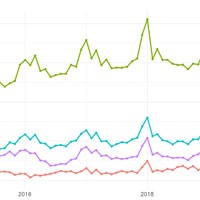
Data Visualization of Recent Sepsis Studies
Medicare is the US federal health insurance program for people who are 65 or older, certain younger people with disabilities, and people with End-Stage Renal Disease. Medicare spending in 2018 was 21% of the national US total... read more

Stress Hyperglycemia and Mortality in Subjects With Diabetes and Sepsis
Stress-induced hyperglycemia is a relevant prognostic factor also in the presence of diabetes. Mild-to-moderate stress hyperglycemia is considered a protective reaction to providing fuel for the immune system and brain at... read more
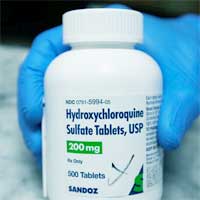
Mortality Outcomes with Hydroxychloroquine and Chloroquine in COVID-19
No benefit of hydroxychloroquine or chloroquine on the survival of COVID-19 patients found. For hydroxychloroquine, the confidence interval is compatible with increased mortality or negligibly reduced mortality. Findings... read more
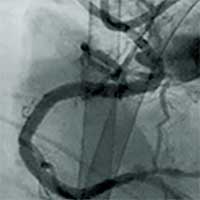
VA-ECMO to Rescue Sepsis-induced Cardiogenic Shock
Patients with sepsis-induced cardiomyopathy with cardiogenic shock have a high mortality. This study assessed venoarterial extracorporeal membrane oxygenation (VA-ECMO) support for sepsis-induced cardiogenic shock refractory... read more
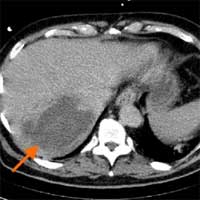
Shedding Light on a Hidden Source of Septic Shock with POCUS
Septic shock has a high mortality rate, estimated to be higher than 40% [1], increasing as time passes without appropriate treatment. Hence, correct diagnosis of the cause of sepsis is essential to provide correct antibiotic... read more

Sepsis and the Obesity Paradox: Size Matters in More Than One Way
Our retrospective analysis suggests that although patient size (i.e., body mass index) is a predictor of in-hospital death among all-comers with sepsis—providing further evidence to the obesity paradox—it adds that illness... read more

Sepsis and COVID-19: Perspectives From a Sepsis Coordinator
Coronavirus disease 2019 (COVID-19) has brought difficulties and disruptions to all corners of the world. As a sepsis coordinator, I can attest that the scientific and healthcare community in the United States has been particularly... read more

Scvo2 in Sepsis: A Measurement Provided by Respiratory Care Practitioners
When treating patients with sepsis, intensive care unit (ICU) and emergency department clinicians have learned that improved outcomes occur when staff members work together as a team. This article outlines the value of central... read more








